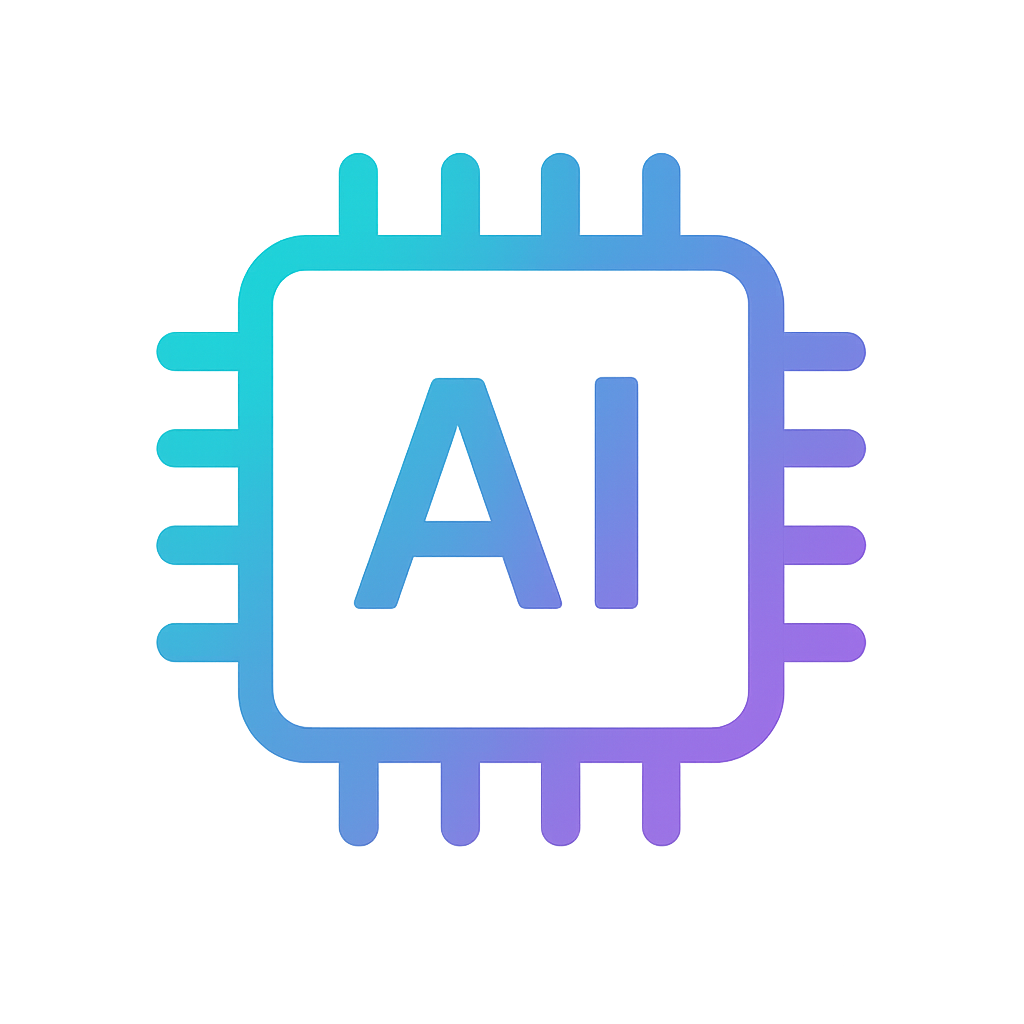Artec captures remains of Roman wreck
It is said that humankind knows more about the mysteries of the universe than about its own deep waters on the planet. The wondrous underwater element hides some real sunken treasures. And once found, it’s best to keep them save. Last year Artec helped preserve wooden artifacts of a Roman wreck from the 5th century found in the Tunnel of Olbia in Italy.

Photo of wooden artifact
An Italian restoration company called Legni e Segni della memoria commissioned those findings to be digitalized. Their daily work is the consolidation and restoration of wooden archeological artifacts. In cooperation with the University of Salerno, they scanned the wooden parts in 3D. An Artec MH was used to capture the archeological remains of the Roman shipwreck. Scanning of the wooden part, which was about 1 meter long, took around 6 minutes. University specialists spent a whole day experimenting: they wanted to see to what extent scanning results differ if one of the wooden artifacts was wet, for example. It turned out that the piece soaked in water, reflected light from the flashbulb more than the dry piece.

Post-processing in Artec Studio
After post-processing in Artec Studio, the 3D model was then edited in Geomagic Design X and later exported into a CAD environment for further study and manipulation. The University of Salerno purchased their Artec scanner from Abacus, Artec’s authorized reseller in Italy.

3D model of wooden part

Texturized 3D model of Roman shipwreck remains
Legni e Segni della memoria, the company that ordered the scanning of the findings, will use the final 3D material to introduce a method of proper demonstration and cataloging of archeological artifacts.
If you are interested in restoration and cultural heritage preservation, then check out how an Artec MH was used to digitalize religious memorial stones in Armenia. Click here.
To know more about Salerno University’s scanning activity, feel free to contact the chief teacher on this project, Mr. eng. Salvatore Barba at sbarba@unisa.it.




